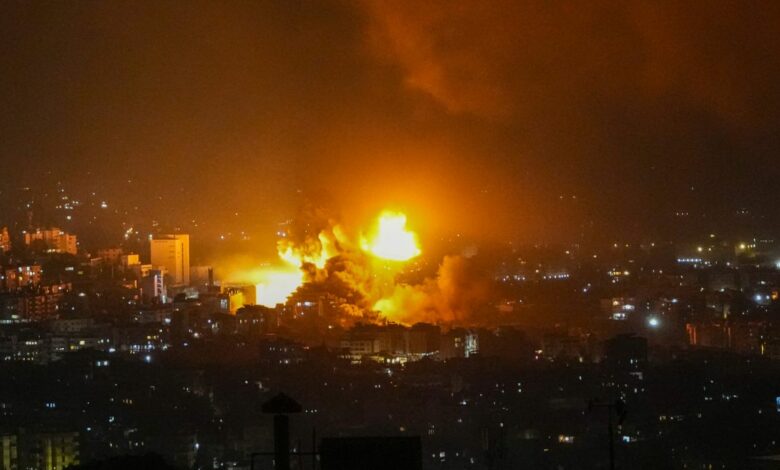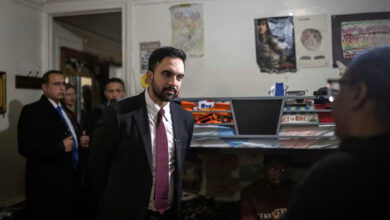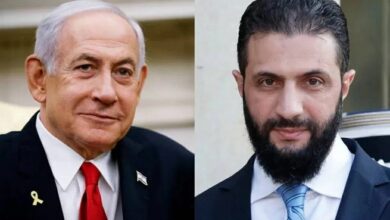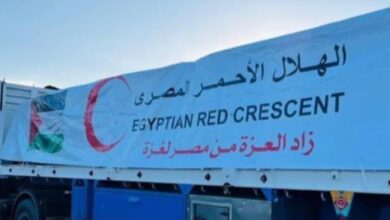
The Israeli military has claimed that it killed Hezbollah’s leader Hassan Nasrallah in Friday’s huge airstrike in Beirut, Lebanon.
There has been no confirmation from the Iran-backed militant group, but if he has died it is a major blow to Hezbollah, which has already been hit by a series of attacks from Israel.
Here’s what you need to know:
- Nasrallah reported killed: The Israeli military claims that Hassan Nasrallah, secretary-general of Hezbollah, was killed in Friday’s airstrike in Beirut, Lebanon, alongside other commanders. Hezbollah has not commented. “Hassan Nasrallah, the leader of the Hezbollah terrorist organization and one of its founders, was eliminated by the IDF, together with Ali Karki, the Commander of Hezbollah’s Southern Front, and additional Hezbollah commanders,” the Israel Defense Forces (IDF) said. The claimed assassination plunges Israel’s war with Hezbollah into unknown territory.
- “Long preparation:” Israel launched the massive airstrike on what it said was Hezbollah’s “central headquarters” in southern Beirut on Friday. Israel’s army chief Herzi Halevi said the attack was carried out “after a long period of preparation” and “at the right time, in a very sharp manner.” Halevi also warned that this was not the end of Israel’s “toolbox,” and there are “further tools going forward.” The IDF continued to strike Beirut buildings later Friday, alleging they were used by Hezbollah as command centers and weapons production and storage sites. At least six people were killed and 91 injured by Israel’s strikes in Beirut, the Lebanese health ministry said, adding the casualty count was “not final.”
- A key leader: Nasrallah turned Hezbollah into one of the most powerful paramilitary forces in the Middle East. Born to a grocer and his wife in Beirut in August 1960, he spent his early adolescence under the shadow of Lebanon’s civil war. When Israel invaded Lebanon in 1982, responding to attacks by the Palestine Liberation Organization, Nasrallah rallied a group of fighters to resist the occupation – which would evolve into Hezbollah. The group was already reeling after blasts hit pagers and walkie-talkies owned by Hezbollah members
- Iran response: Iran’s Supreme Leader Ali Khamenei sent a message of assurance to Hezbollah, saying “all regional resistance forces” are standing with the group. In his first message since the Israeli military claimed the killing of Nasrallah, Khamenei said that Israel was “too small to cause significant damage” to the Lebanese group. The fate of the region, he said, “will be determined by the resistance forces, at the top of which is a victorious Hezbollah.”
- Saturday strikes: Israel continued to pummel Lebanon on Saturday, with Beirut again targeted. Israeli airstrikes hit multiple locations across eastern and southern Lebanon, the official Lebanese National News Agency (NNA) reported. The areas hit include towns in Baalbek in the east and Nabatiyeh in the south, NNA said, adding an unspecified number of people had been killed in the attacks. In a statement Saturday morning, the Israeli military said it conducted “extensive strikes” over the past two hours in the area of Beqaa and in southern Lebanon, claiming it targeted Hezbollah launchers, weapons storage facilities, and infrastructure sites.
- Hospital evacuation: Hospitals in Beirut’s southern Dahiyeh suburb will be evacuated following the rare and deadly Israeli strikes on the area overnight, Lebanon’s Ministry of Health said Saturday. “[We are] calling on hospitals in Beirut, Mount Lebanon, and areas not affected by the Israeli aggression to stop receiving non-emergency cases until the end of next week, to make room for receiving patients from the hospitals in the southern Dahiyeh of Beirut, which will be evacuated due to developments in the aggression,” the ministry said in a statement. It also called on hospitals and health centers to prepare to receive displaced patients from Dahiyeh.




